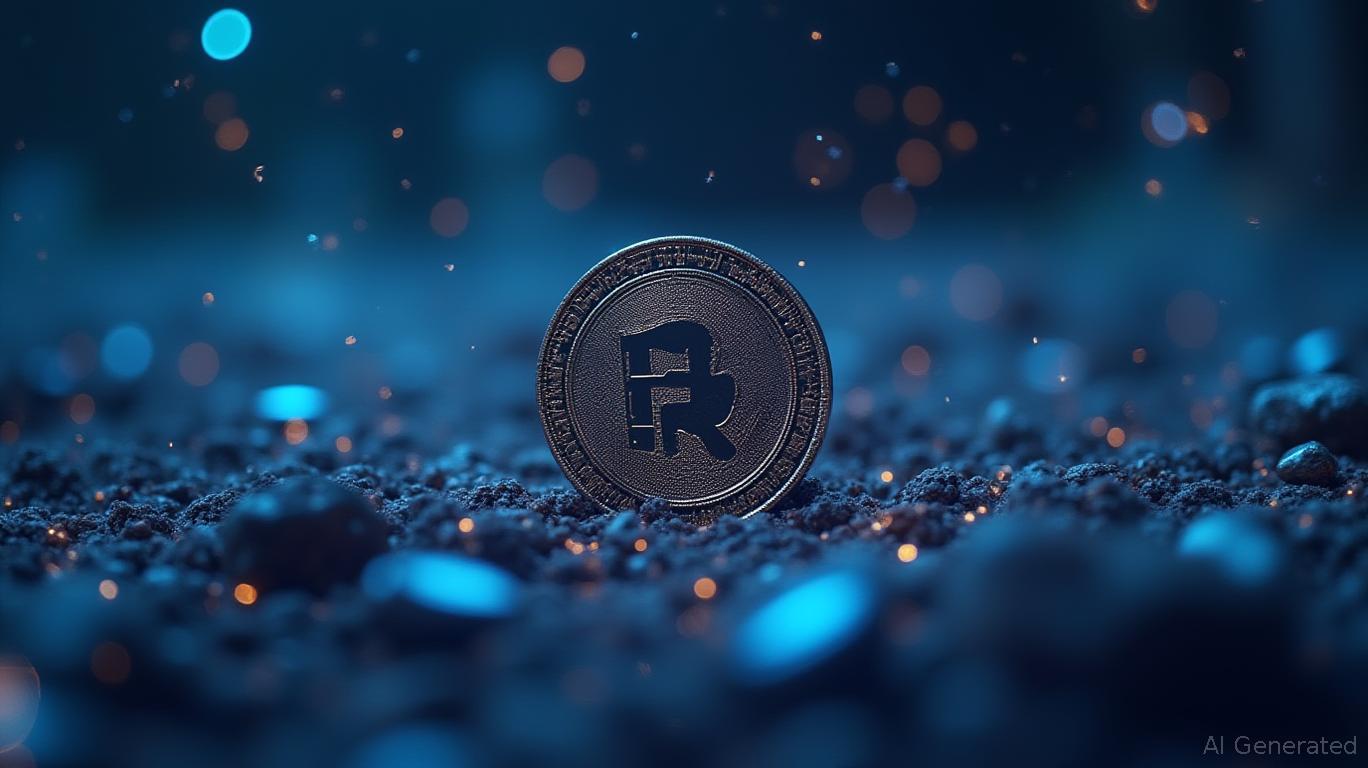Cardano Allocates $100 Million to Bitcoin and Stablecoins for DeFi Growth
Cardano has announced a significant strategic move to diversify its treasury by allocating $100 million into Bitcoin and native stablecoins, USDM and USDA. This initiative aims to enhance liquidity within the Cardano decentralized finance (DeFi) ecosystem and attract greater institutional participation. The decision comes as a response to the ecosystem's notably low stablecoin-to-DeFi ratio, which currently sits at less than 10%.
Charles Hoskinson, the founder of Cardano, highlighted the need for this treasury adjustment in a detailed YouTube presentation. He emphasized that the current ratio of stablecoin issuance to DeFi is disproportionately low, necessitating a strategic shift to bolster the ecosystem's financial infrastructure and yield opportunities. By increasing the availability of stablecoins, Cardano aims to facilitate seamless transactions, lending, and other DeFi activities, thereby fostering a more robust financial environment.
The announcement of this treasury diversification triggered an immediate market response, with ADA's price experiencing a 4% decline to a range between $0.60 and $0.63. This short-term volatility reflects investor uncertainty regarding the treasury's asset reallocation. However, historical precedents in the crypto sector suggest that such diversification can ultimately enhance liquidity and market confidence.
From a financial perspective, the $100 million allocation represents a significant portion of Cardano's treasury, signaling a commitment to long-term ecosystem stability. By incorporating Bitcoin, a widely recognized store of value, alongside stablecoins native to Cardano, the treasury aims to balance growth potential with risk management. This approach aligns with strategies employed by sovereign wealth funds and institutional investors, emphasizing diversification and financial agility.
Cardano's treasury diversification is poised to catalyze growth within its DeFi landscape by increasing the stablecoin supply, thereby improving liquidity and enabling more sophisticated financial products. This initiative may also serve as a catalyst for attracting institutional investors who prioritize stable, yield-generating assets within blockchain ecosystems. The move reflects a broader industry trend where Layer 1 blockchains actively manage treasury assets to support ecosystem resilience and scalability.
By bolstering the stablecoin-to-DeFi ratio, Cardano positions itself to better compete with established platforms like Ethereum, which have historically benefited from robust stablecoin issuance and treasury management. This strategic effort underscores Cardano's commitment to evolving its treasury management practices in line with industry best practices, potentially setting a precedent for other blockchain projects seeking sustainable development.


Comments
No comments yet